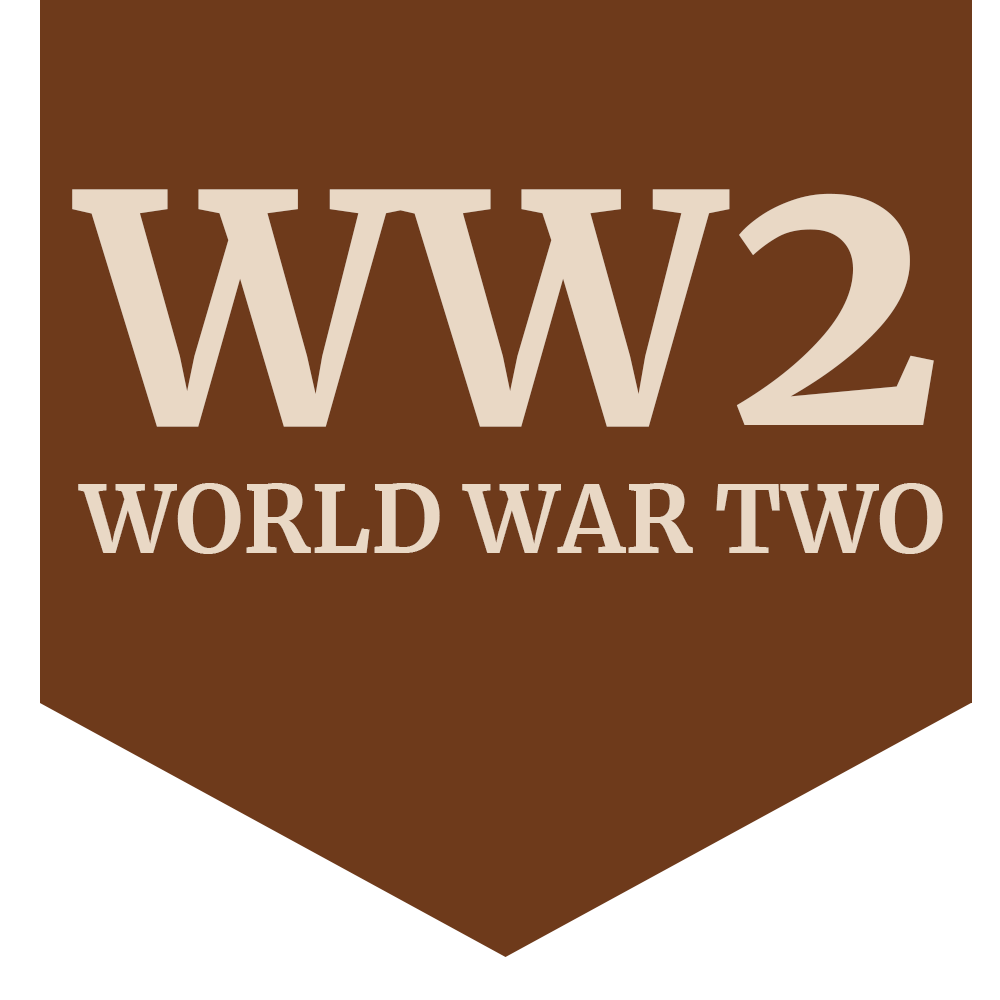
Richard Smith
In 1921 and 1939, Richard Smith was a blind maker.
- Family History
- Military history
- Extra information
- Photographs
Richard Smith was the son of Arthur and Mary Ann Smith and the brother of Harriet, Sydney, William Arthur and Bertie Smith. In 1911, the family lived at 6, Forest Place, New Lenton and in 1921 at 45, Park Street, Lenton (both Nottingham). Richard was the husband of Isabella Alice Smith (nee Rowbotham). In 1939, they lived at 16, Alwyn Road, Broxtowe, Nottingham with their children Rose Mary (b.1924), Kathleen (1926), Lydia, (1928), Joan (1932), Frank (1932), Arthur (1933) and Shirley (1937). An eighth child, Betty, was born in 1941.
BAYEUX MEMORIAL Panel 18, Column 3.
64 Hospital Carrier
TSS Amsterdam was a passenger and freight vessel built for the London and North Eastern Railway in 1930. In September 1939, at the outbreak of the Second World War, the ship was requisitioned by the Ministry of War Transport for troop transport. This included transporting the 51st Highland Division and Princess Louise's Kensington Regiment from Southampton to Le Havre in April 1940 as part of the British Expeditionary Force.
By 1944, she had been converted to a LSI(H) - Landing Ship Infantry (Hand-hoisting). She carried elements of the United States 2nd Ranger Battalion to Pointe du Hoc on D-day.
By 19 July 1944, she had been converted to a Hospital Carrier ship. On 7 August 1944, she was sunk by a mine while taking casualties from Juno Beach, Calvados, France. A total of 55 patients, ten Royal Army Medical Corps staff, 30 crew and eleven prisoners of war were killed.
Seventy five wounded soldiers were carried up and delivered into lifeboats, but two of the nurses, Dorothy Field, 32, and Mollie Evershed, 27, went back below and went down with the ship. They are the only two women whose names are on the British Normandy Memorial, with 22,000 men.
Unknown




